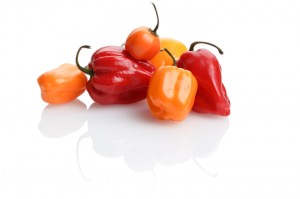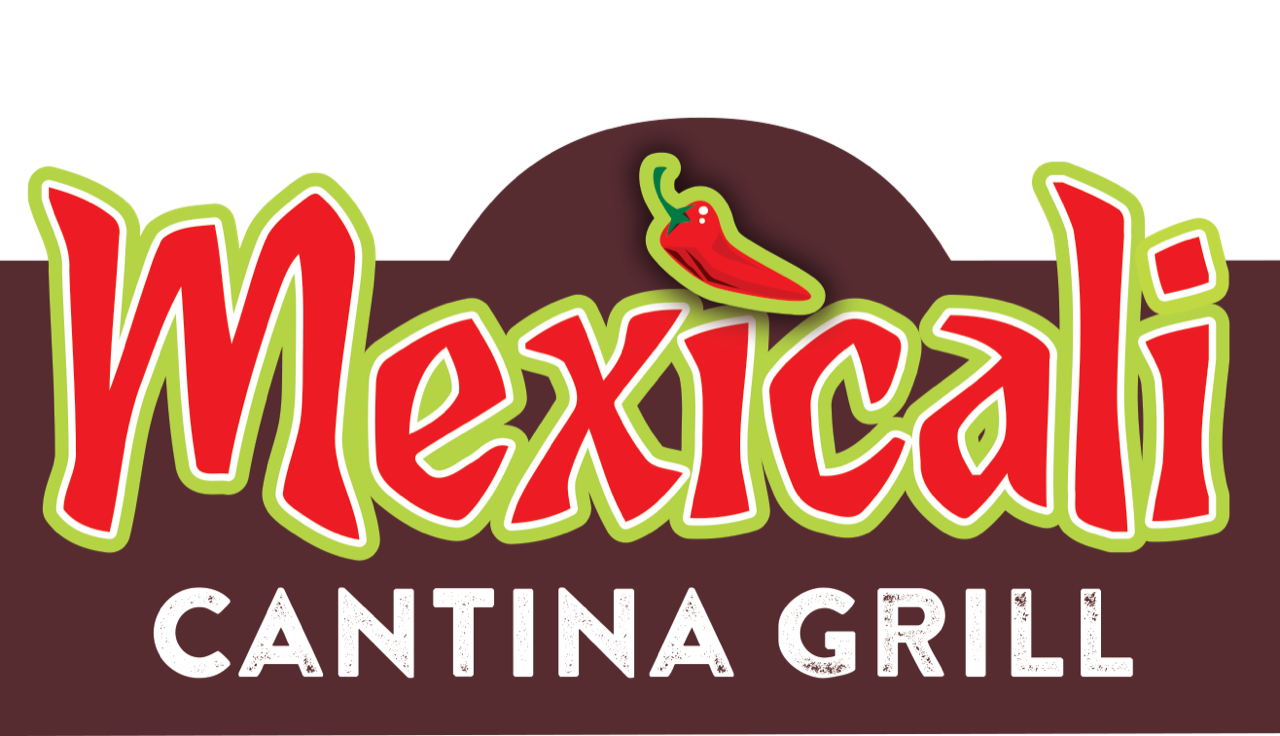The second most popular spice, (salt is number one) hot peppers are extremely popular, versatile and can be downright fun to eat.  They boost your metabolism and also get your heart rate up, thus allowing you a boost of instant energy. Hot peppers can also be painful to eat, so be sure that you know your peppers before diving in!
They boost your metabolism and also get your heart rate up, thus allowing you a boost of instant energy. Hot peppers can also be painful to eat, so be sure that you know your peppers before diving in!
There is wide range of uses for hot peppers, ranging from cooking to canning to drying, from soups to sauces to kitchen decorations. Please keep in mind that regardless of what hot pepper concoction you are preparing or creating, always wear gloves when handling the hot peppers, regardless of their variety. The heat of a hot pepper comes from its innards, and the last thing you want to do is handle them with bare hands and then accidentally touch your eyes, nose or face and cause a burning sensation.
The article below from Buzzle will help you better understand peppers — particularly the hot ones!
Types of Hot Peppers
By Ningthoujam Sandhyarani
Believe it or not there are several types of hot peppers, which are grouped together under chili peppers. Some of the hot pepper types are multiple times hotter than the commonly used, mildly hot jalapeno peppers. Read on, to learn more…
Peppers are varied colored spices cum vegetables, which belong to the family Solanaceae. Whether you refer to the sweet bell pepper or the hottest pepper in the world, they are categorized under the same genus Capsicum. After salt, peppers are the second leading seasoning ingredients in the world. You will find them holding a specific place in every traditional cuisine. Based on the heat intensity, peppers are differentiated into sweet, mildly hot, or hot types. Also, different types of hot peppers are identified with reference to their spiciness, which we will discuss in this article.
Except for the cherry peppers and bell peppers, the other pepper varieties share one thing in common, i.e. increased hotness, which is because of the presence of chemicals called capsaicinoids. The spiciness is measured by means of the Scoville Heat Index, developed by Wilbur Scoville, an American chemist in 1912. The scale ranges from zero at the bottom to about 1,000,000 at the top. The sweet types of peppers fall in the range of 0-500 and occupy the bottom of the scale.
Jalapeno Pepper
Popularly used by the Americans, jalapeno peppers are 2-3 inch long, green in the immature stage and turn red at maturity. You will find this pepper variety included in both mildly hot and hot pepper types. The heat unit of this pepper varies from 2000-8000, based on the growing condition, harvesting stage and mode of preparation.
Serrano Pepper
Similar to the jalapeno peppers in appearance, the serrano peppers are much hotter than the jalapeno types. They are green in the unripe stage, which then turn to yellow, orange, brown or red in the ripened stage. Serrano peppers have a heat rating of about 10,000-25,000 and are mostly eaten raw, or in mixed condiment style.
Cayenne Pepper
The Scoville rating for this pepper chili is 60,000, which is about 10 times that of jalapeno peppers. It measures 1 ¼ inch in diameter and 6 inch in length. Eaten raw or dried form, or added in sauces, salads and pickles, cayenne pepper health benefits are highly appreciated in medical science.
Chili de Arbol Pepper
Popularly used in Mexican cooking, chili de arbol is a bright red colored, slender and long (about 2-3 inch in length) hot pepper species. This chili pepper is rated 50,000-65,000 on the Scoville heat scale and used in sauce, salsa, stir fry and many other recipes. You will find chili de arbol in fresh, dried or powder form in the grocery stores.
Scotch Bonnet Pepper
Scotch bonnet peppers occupy the first top positions in the Scoville heat scale. Their spiciness value falls within 100,000-350,000. Scotch bonnet peppers are similar to the habanero pepper cultivars, except that they are a bit smaller is size and earthy in flavor. The green immature peppers mature to orange or scarlet red peppers. They are used in cooking meat, hot sauces and other recipes that call for hot peppers.
Habanero Pepper
Included in the top list of hot peppers, the spice intensity of habanero pepper is evident from its heat rating, which falls between 325,000-570,000. Green habanero peppers are unripe ones, while the red indicates ripe stage. It measures about 0.8-2.4 in length and is commonly added in spicy food recipes and sauces. Habanero pepper is mistakenly considered as the hottest pepper species in the world.
The tips for identifying types of hot peppers are not so easy. You cannot determine the spiciness of the particular species from its external appearance. It is the placenta present inside the fruits, where the capsaicinoids are concentrated in large amounts that make it hot. So, learning how to reduce the heat of hot peppers lies in removing the placenta, while adding in food preparation.
Regardless of what you choose to do with your hot peppers, we can all probably agree on one thing. Hot peppers are not something you want to waste. So, what to do with your hot pepper surplus? Make a pickled hot pepper relish! It’s simple to make, delicious to eat, and will keep your hot peppers within reach all year long.
Here at Mexicali Fresh Mex Grill, we would have to say we seldom experience a hot pepper surplus. While we proudly create fresh authentic Mexican dishes that are more flavorful than spicy, we do add varying degrees of heat by request. We ourselves have a great fondness for hot peppers and can never have too many. Stop by any of our 3 locations (soon to be four) for an authentic Mexican experience. And if you have any hot pepper questions, our staff will be happy to share our pepper secrets!
Are you a fan of hot peppers? Do you regularly use them in your cooking? What has been your most memorable hot pepper encounter? We’d love to hear about it!

